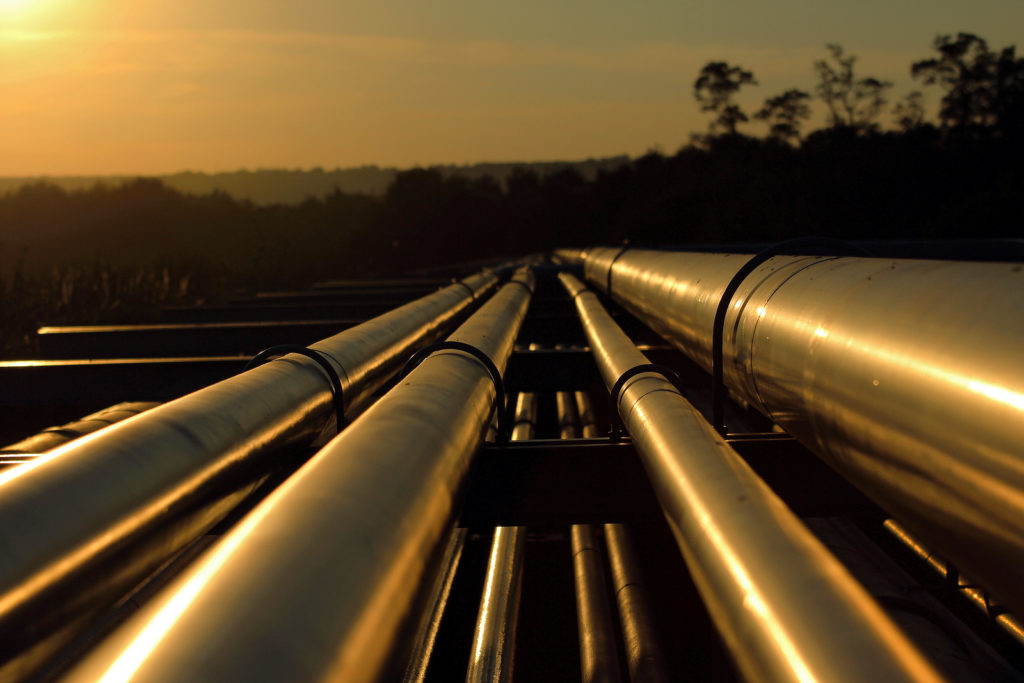The Dakota Access Pipeline is a 1,170 mile pipeline project currently under construction in the northern plains. The pipeline, spanning four states, would transport oil from North Dakota, through South Dakota and Iowa, onto its terminus in Patoka, Illinois. However, what should be a standard, albeit significant, infrastructure project, has come into the national limelight as a hot button debate over energy transportation.
Announced in 2014, the DAP was intended to be a safe alternative to rail transportation. If completed, the pipeline would be able to safely send roughly a half-million barrels of oil every day. Dakota Access, LLP, explains that the pipeline would not only increase energy security as it disperses oil from the wildly productive Bakken production area, but would also have a major contribution to local economies. They found that 8,000 to 12,000 jobs would be created for construction and $55.5 million in state revenues in 2017 alone. Not to mention the increase in affordable, reliable energy to the entire nation.
During the permit process, the North Dakota Public Service Commission held public meetings to explain the pipeline and route, and to gain public input. Dakota Access met with the Standing Rock Sioux tribe beginning in September 2014 to explain the route and process. The Standing Rock Sioux, however, did not protest nor did they file written testimony in opposition to the pipeline. The opposition came only after the permits were issued.
After all of the public meetings and outreach, and after the permits to build the pipeline were issued, some Native American tribes claimed the pipeline infringed on sacred tribal lands. However, the Army Corps of Engineers approved permits for construction in late July, which should have assuaged any remaining questions as to pipeline compliance. While tribes have been protesting since early 2016, the construction process has continued.
After state and federal permits were issued, environmental activists started to get involved. These groups are trotting out celebrities and politicians to stop the pipeline, furthering their goal of keeping natural gas and oil in the ground. Their hope is to discourage natural resources development by limiting access. In light of the protests, the Department of Justice, Department of the Interior, and Army Corps of Engineers recently decided to stop construction as they review the permits they already issued.
This is hypocritical. As The Wall Street Journal notes:
Dakota Access went above and beyond the law’s requirements to mitigate its environmental impact. This meant devising the route to avoid sites on the National Register of Historic Places as well as those identified as potentially eligible for listing. Archaeologists conducted cultural surveys including visual reconnaissance and “shove-test probes” to examine historic sites. The pipeline was modified 140 times in North Dakota alone to avoid potential cultural resources. Around Lake Oahe, the pipeline will run adjacent to the Northern Border Gas Pipeline that was completed in 1982, which reduces the likelihood that construction would harm intact tribal features.
It does not take a legal or environmental expert to see this stoppage is the federal government capitulating to anti-energy activists. This has nothing to do with the environment whatsoever; those concerns have already been ameliorated. The WSJ further notes that, while Democrats have been harping for the need for increased infrastructure investment, that apparently does not apply to pipelines designed to more safely transport commodities. Hypocrisy abounds.
The administration’s actions are a transparently political attack on an already-approved pipeline project. If the opposition to the DAP was not enough during the comment period to convince the Army Corps of Engineers to not issue permits, then why are the protests now enough to order a stoppage? This whole saga is nothing but an attack on energy.
